For the past few months, the government has declared feeder fields illegal baiting for white-tailed deer outside of September 1 and November 30.
On the other hand, some feeder fields remain legal and very beneficial for the fauna and flora of Quebec. This therefore means that if your feeder fields are used to feed species other than white-tailed deer, you are complying with the law.
Here are some examples :
For moose
Indeed, as it is a herbivore, the moose feeds on soft wood & foliage. A beautiful landscaping that combines trees, shrubs and feeder fields can create interesting habitat for moose. A good layout will provide food at the critical moment of the moose and promote its health.
According to some of our customers, plants from the Brassica family and the Austrian Pea are highly coveted by this species.
Wild turkeys
They love these types of fodder whose smell is perceptible more than 1 kilometer away. The objective of the fields is to provide a quantity of food over a long period and especially at critical times for the turkey. Even before the season, the soybeans left on the ground during the previous season are highly coveted by this game.
A quality nutrient field can have a direct effect on the body mass of the animal. One could easily deduce that the chances of survival of this species are greatly increased.
Bees
Premium Mix feeder fields are very beneficial for bees as well as other pollinators. They are an important source of food for these insects.
They are made up of a variety of plants that produce nectar and pollen, the main food sources for bees. The different strategies possible with our mixes allow seeds to grow at different times, ensuring a constant source of food throughout the growing season. Participating in the pollination process for flora is another major asset of feeder fields. In addition to providing food, feeder fields can also provide habitat for bees. Some types of bees dig nests in the ground, while others use hollow plant stems or dead wood.
Among the plants most loved by bees, you will find:
- chicory
- Brassicas when in bloom
- Clovers
- Buckwheat
- Some peas
- The sunflower
Most of these species are contained through our seed mixes and also benefit other insect species that play a role in biodiversity
For the regeneration of forests & avoid the depredation of our agricultural fields
The state of the forests in Quebec is deteriorating year after year. To give the habitat that supports our wildlife a chance, feeder fields can reduce this degradation. By creating food in the middle of the forest, wildlife will be able to feed on these more nutritious and more accessible plants rather than attacking the young shoots of species essential to the balance of an uneven-aged forest.
It is the same principle for our agricultural fields. Each year, our producers record agricultural losses since parts of the fields are consumed by wildlife. This is called depredation. According to the Fondation de la Faune du Québec, food fields bordering agricultural fields are an excellent way to limit depredation problems.
For fauna & flora
Quite simply to promote biodiversity in the species that frequent our fields & their health by offering quality & varied food.
Here is an excerpt from an article taken from the Quebec Federation of Hunters and Fishermen:
A feeder field brings wild turkeys and other small game species such as hare, partridge or even larger game such as white-tailed deer. The establishment of hedges and trees allow natural allies such as bats or birds to come and roost and feed near the field. A natural way to control the proliferation of certain insect pests. Each development has been designed according to the fauna, the situation and the needs of the latter. In summary, developments do not need to be large in scale to provide benefits to wildlife. Every little gesture counts!
In short, your feeder fields are still beneficial for fauna & flora. On the other hand, they must be used to feed & attract other species than the white-tailed deer!
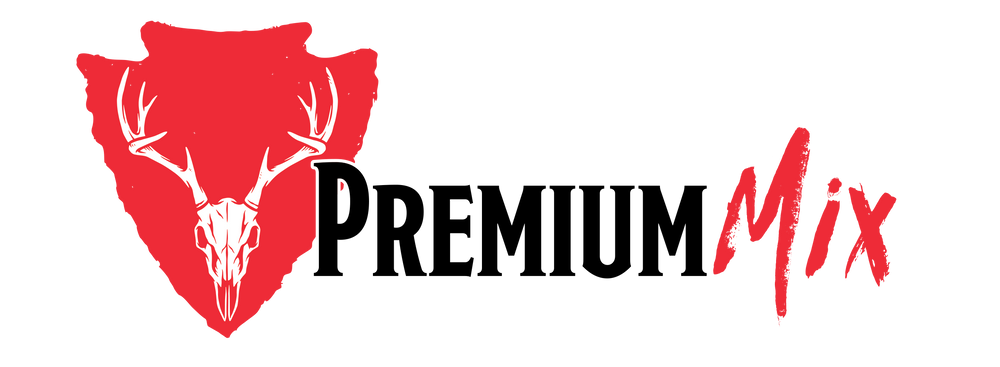
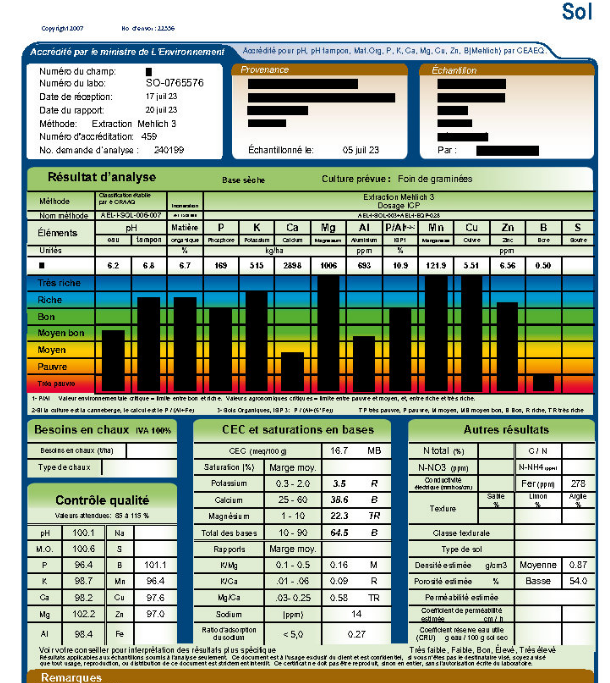
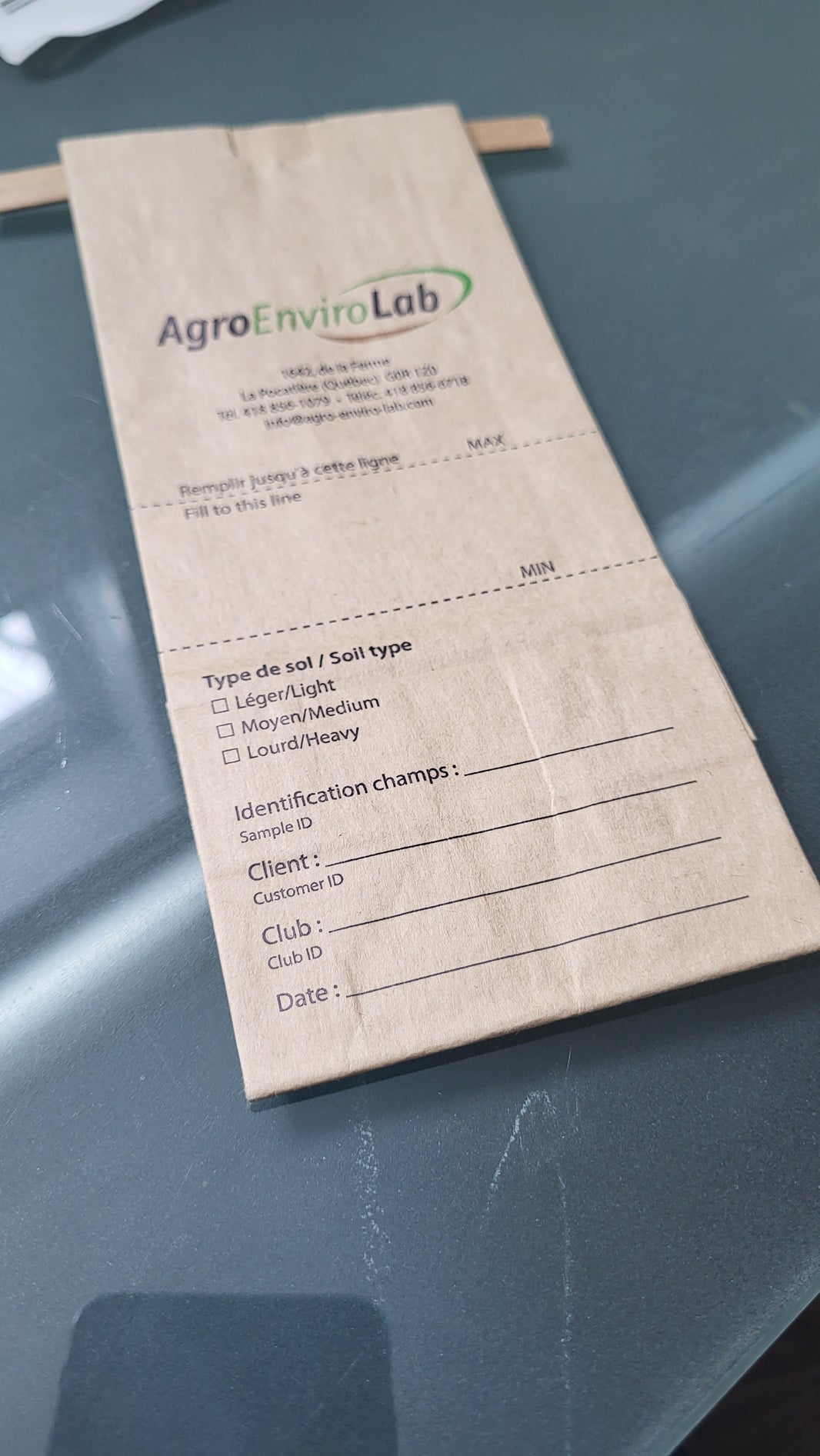
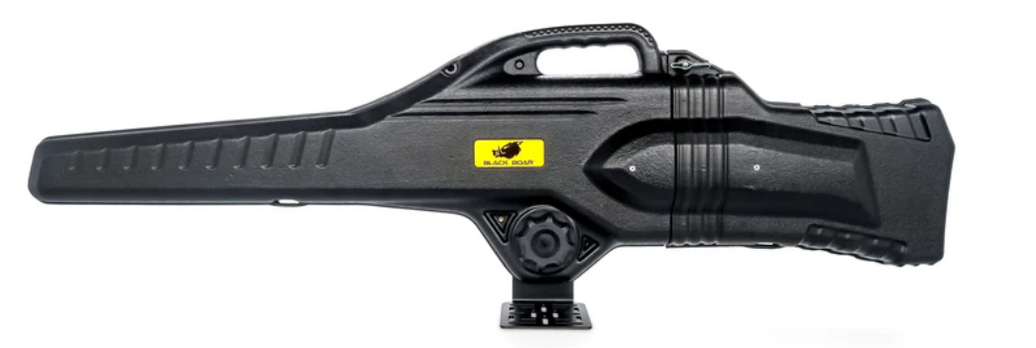

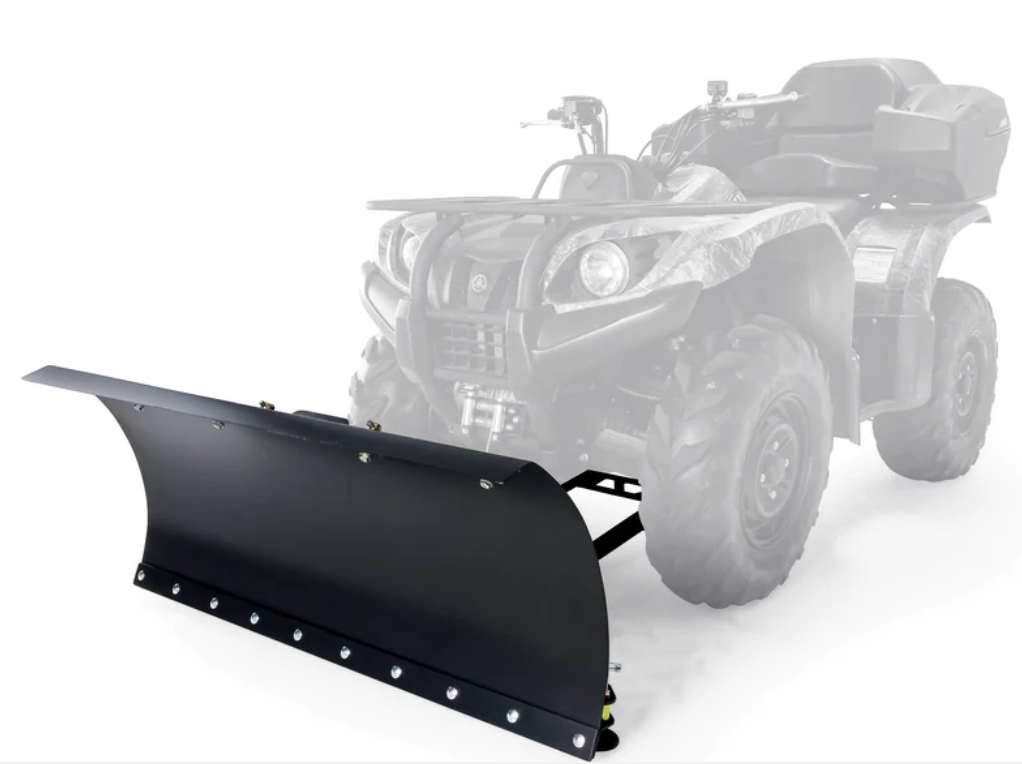
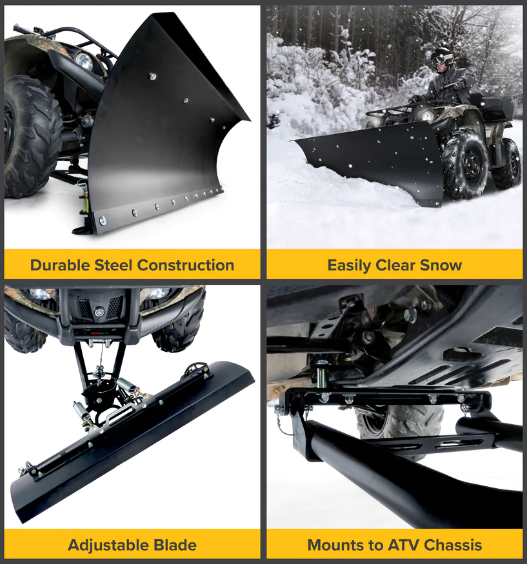
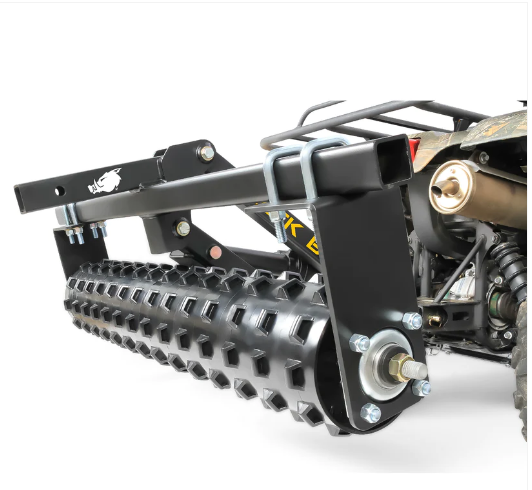
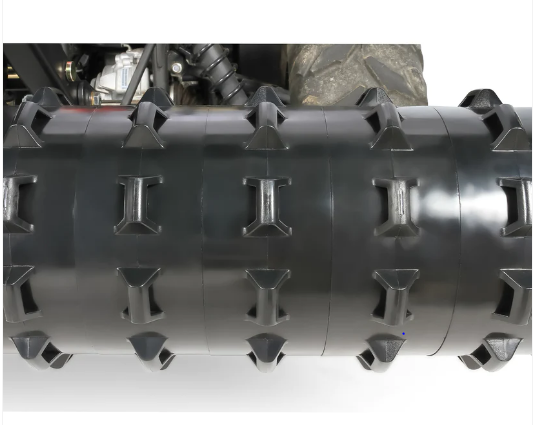

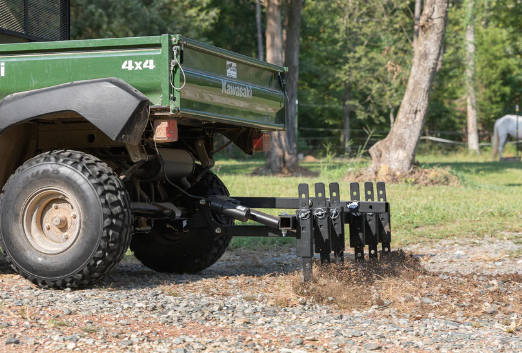
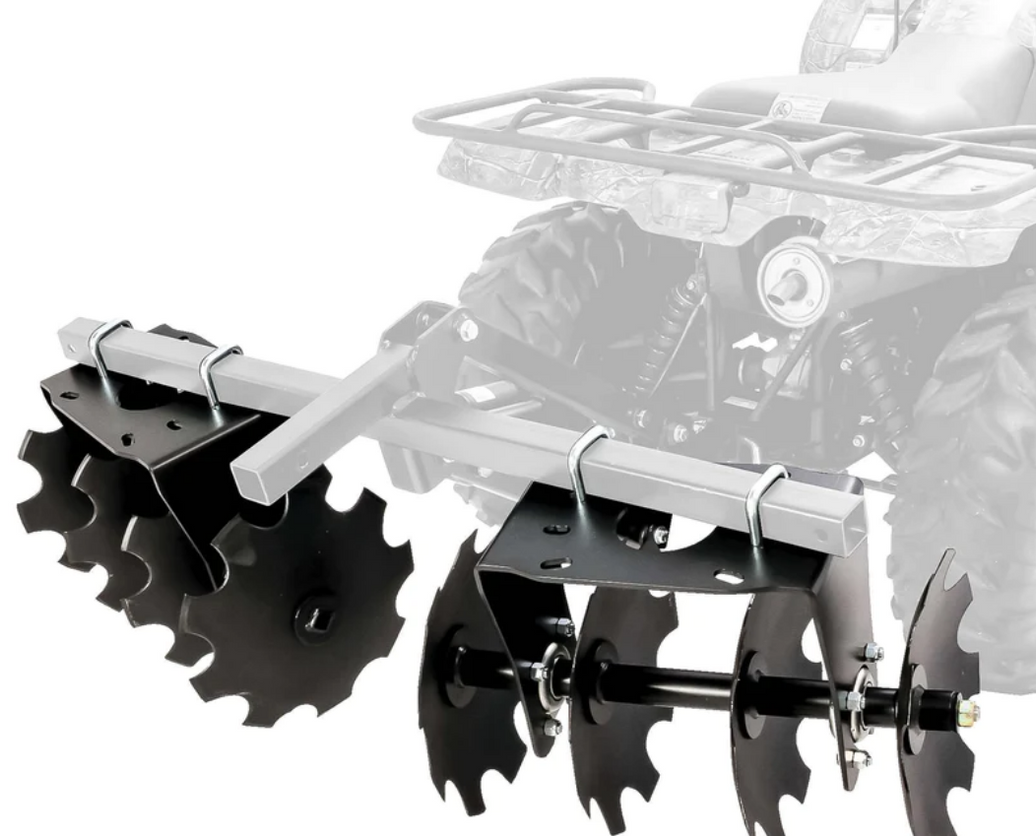
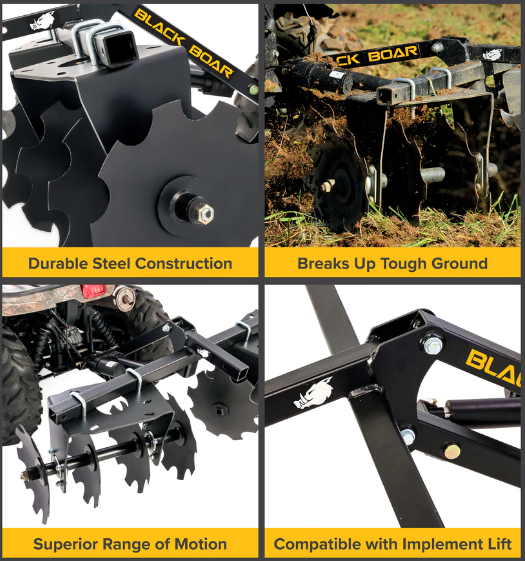
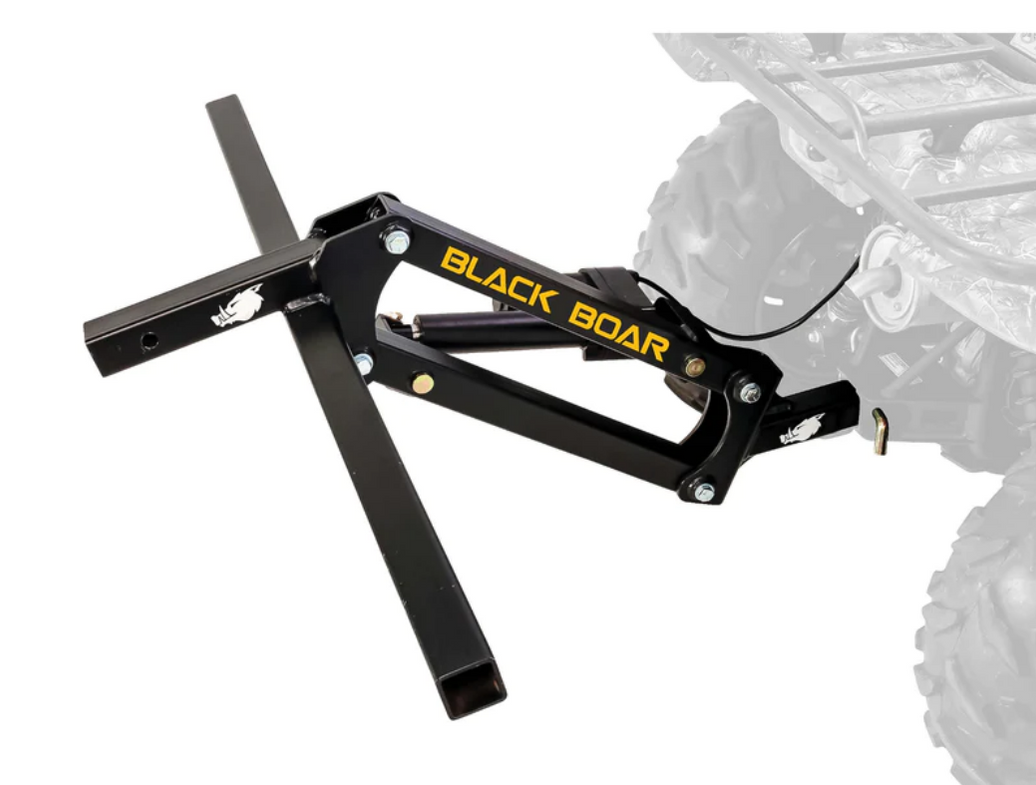
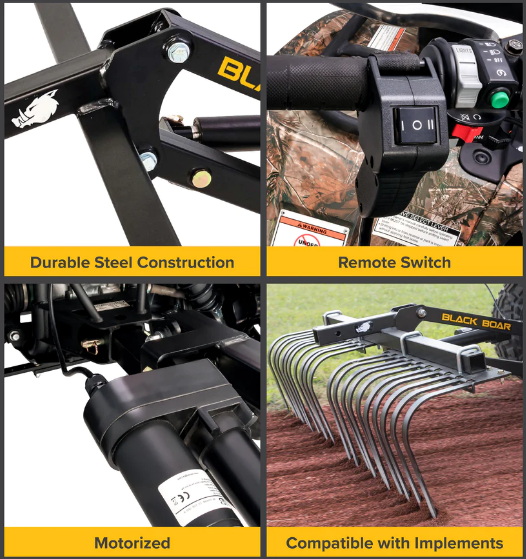
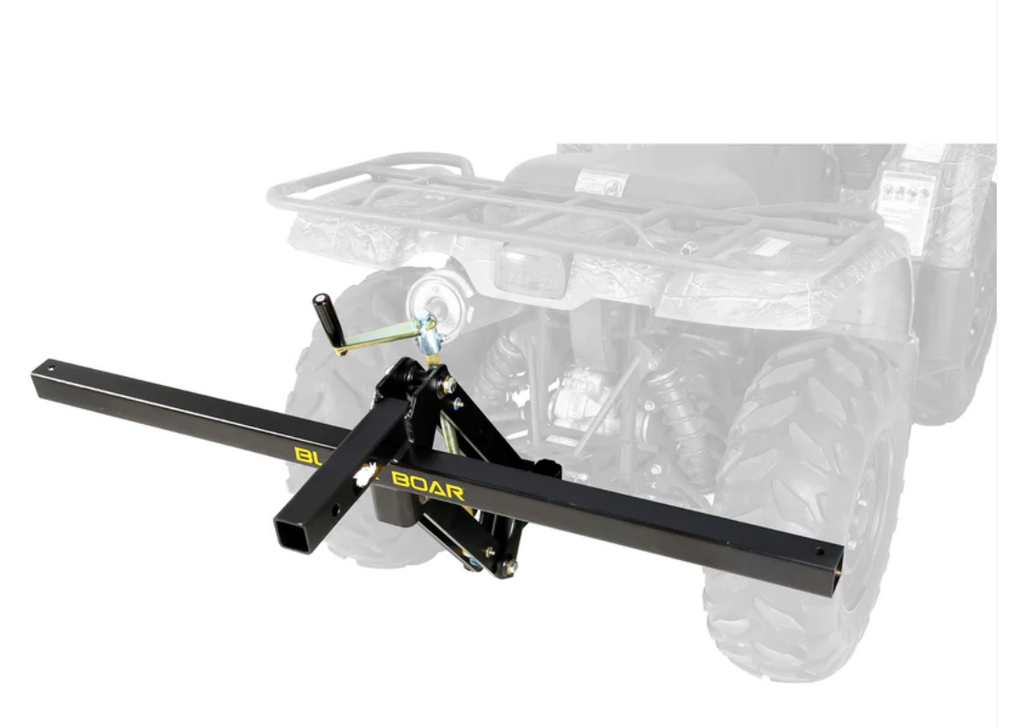
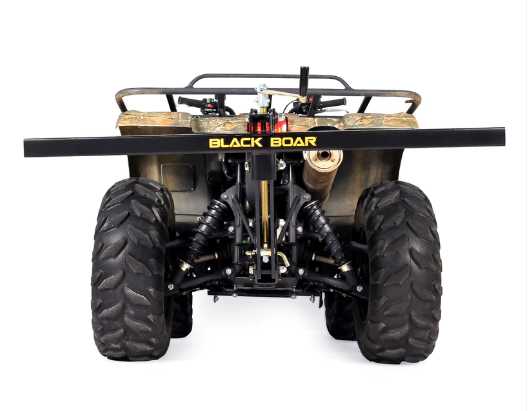
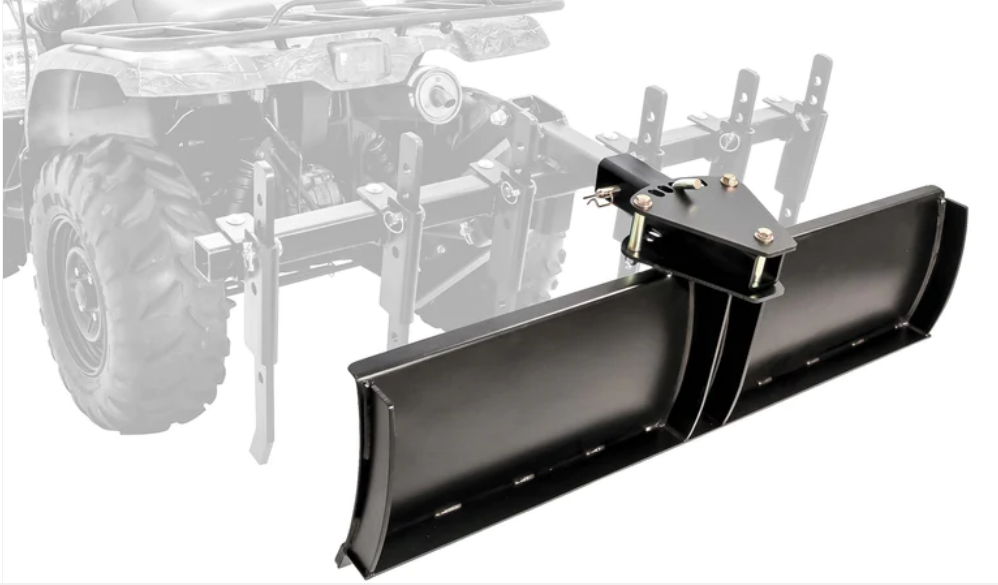
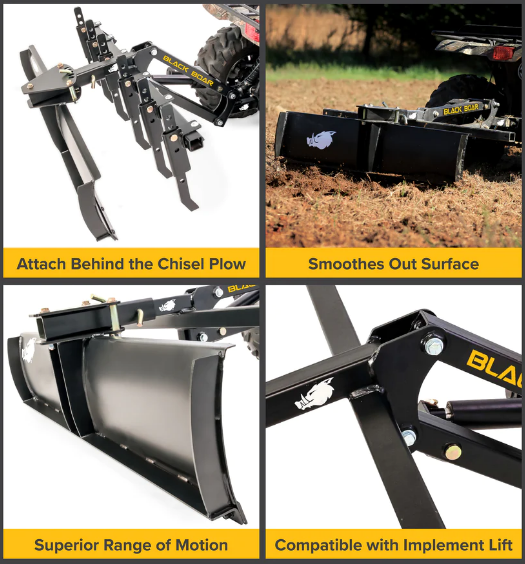
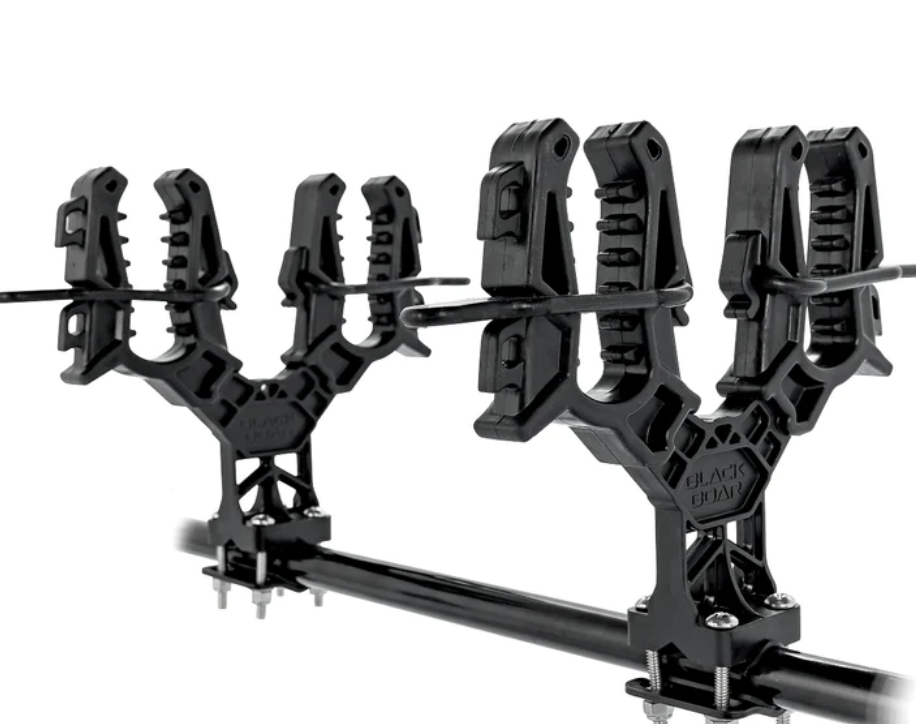
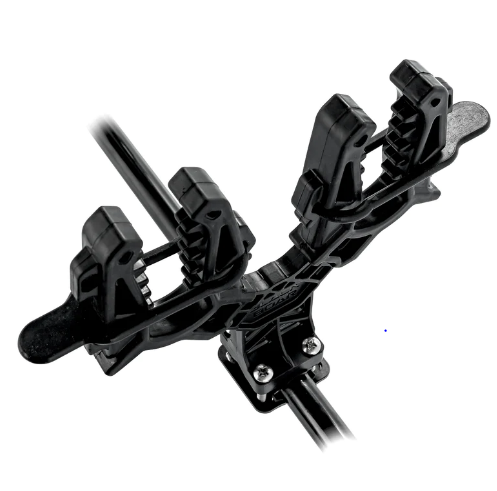
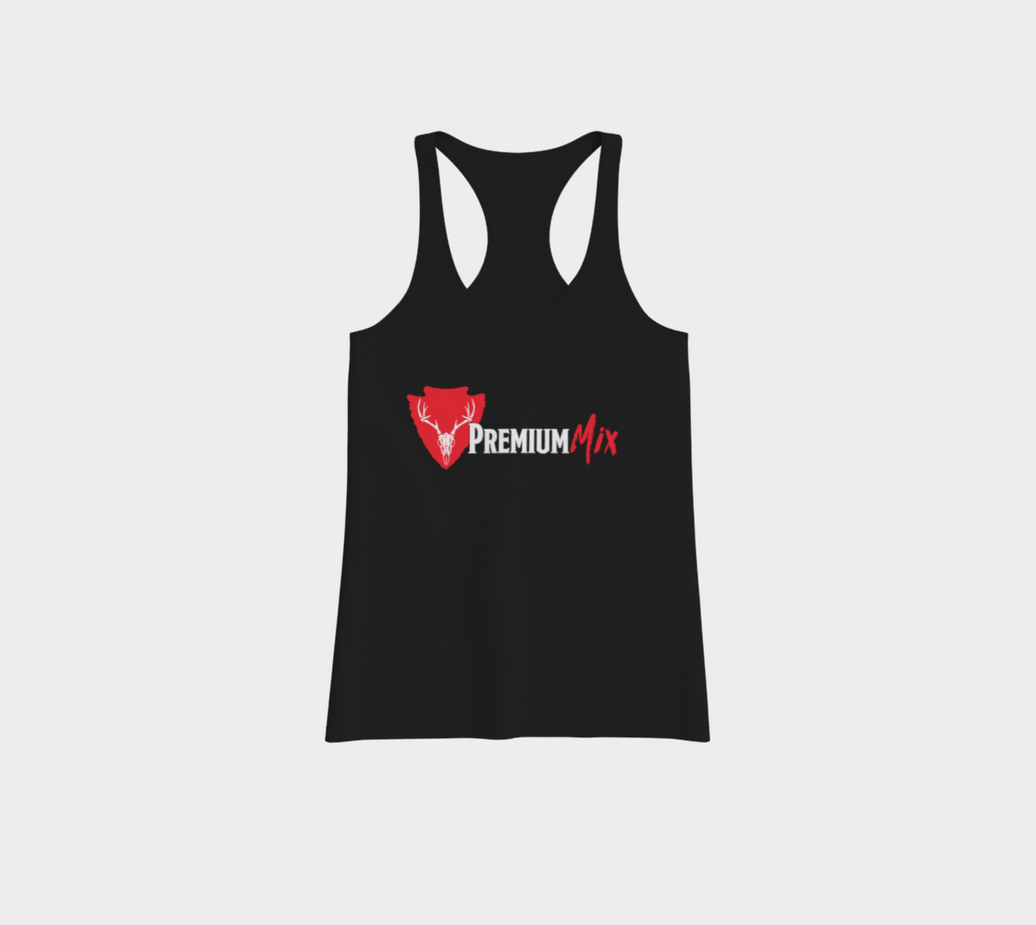
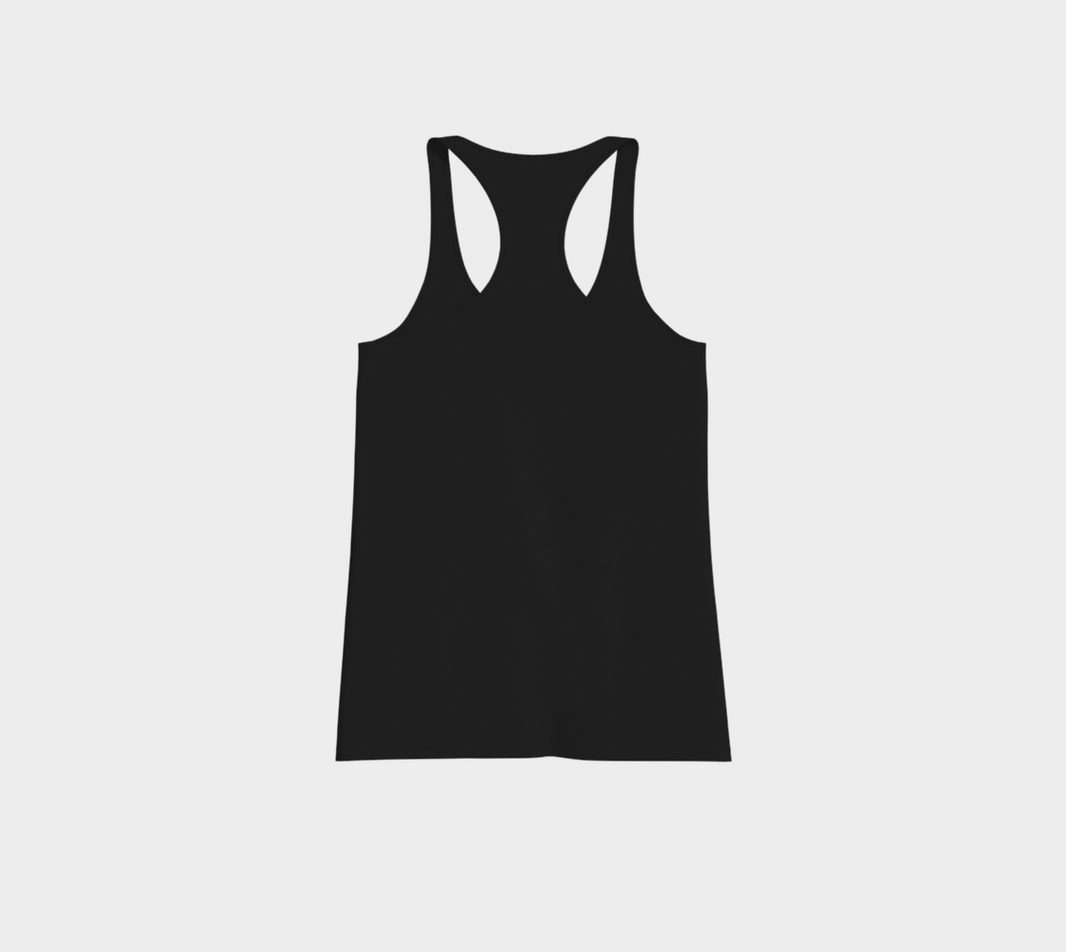
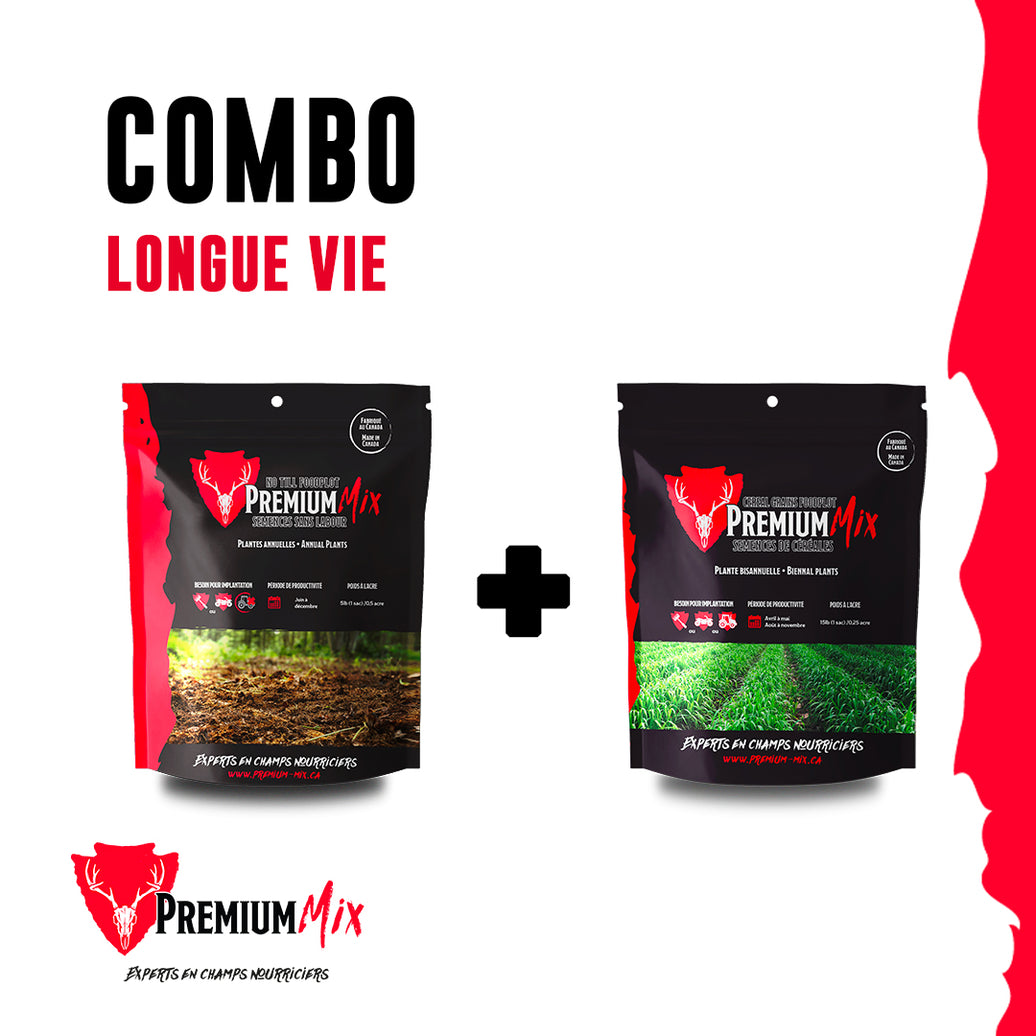
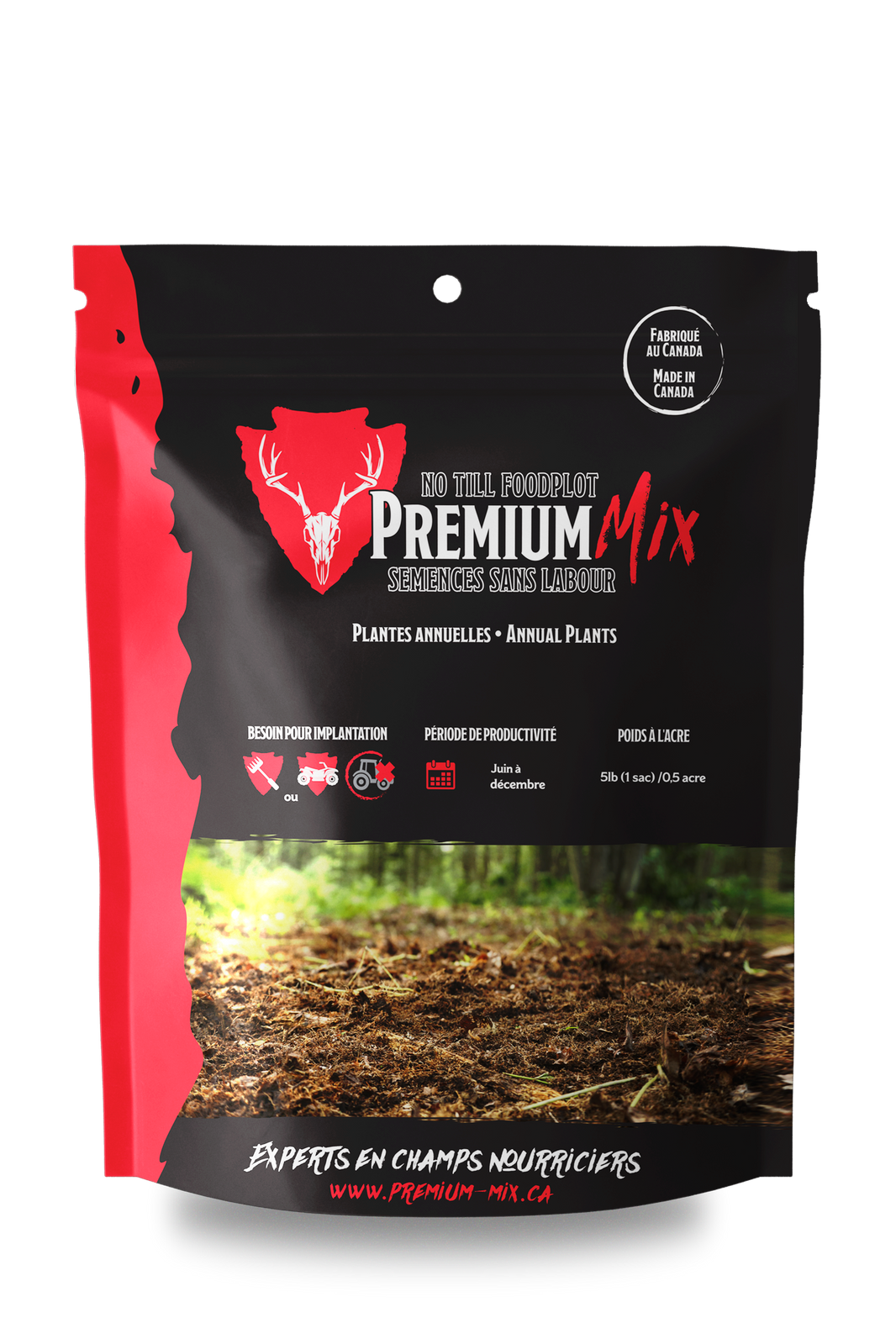
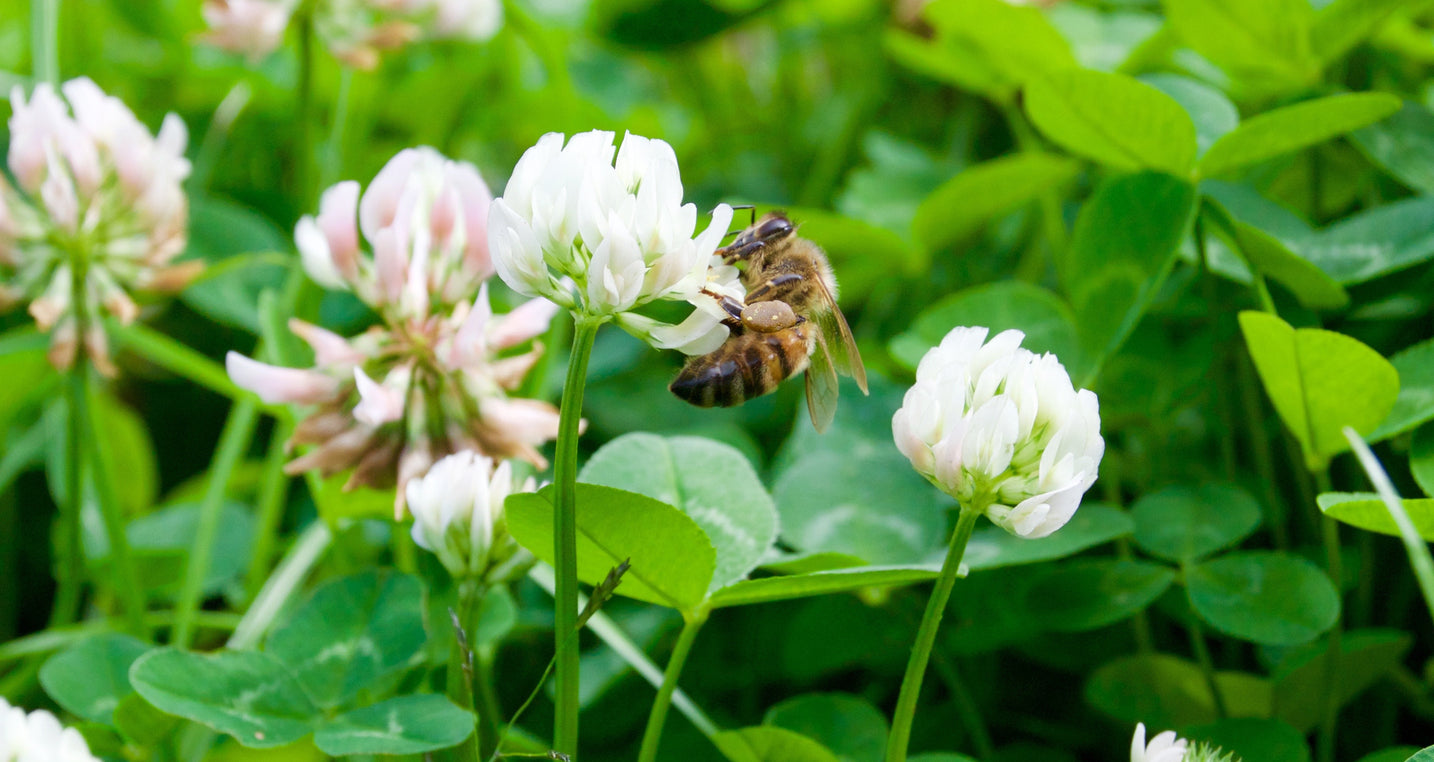
Leave a comment